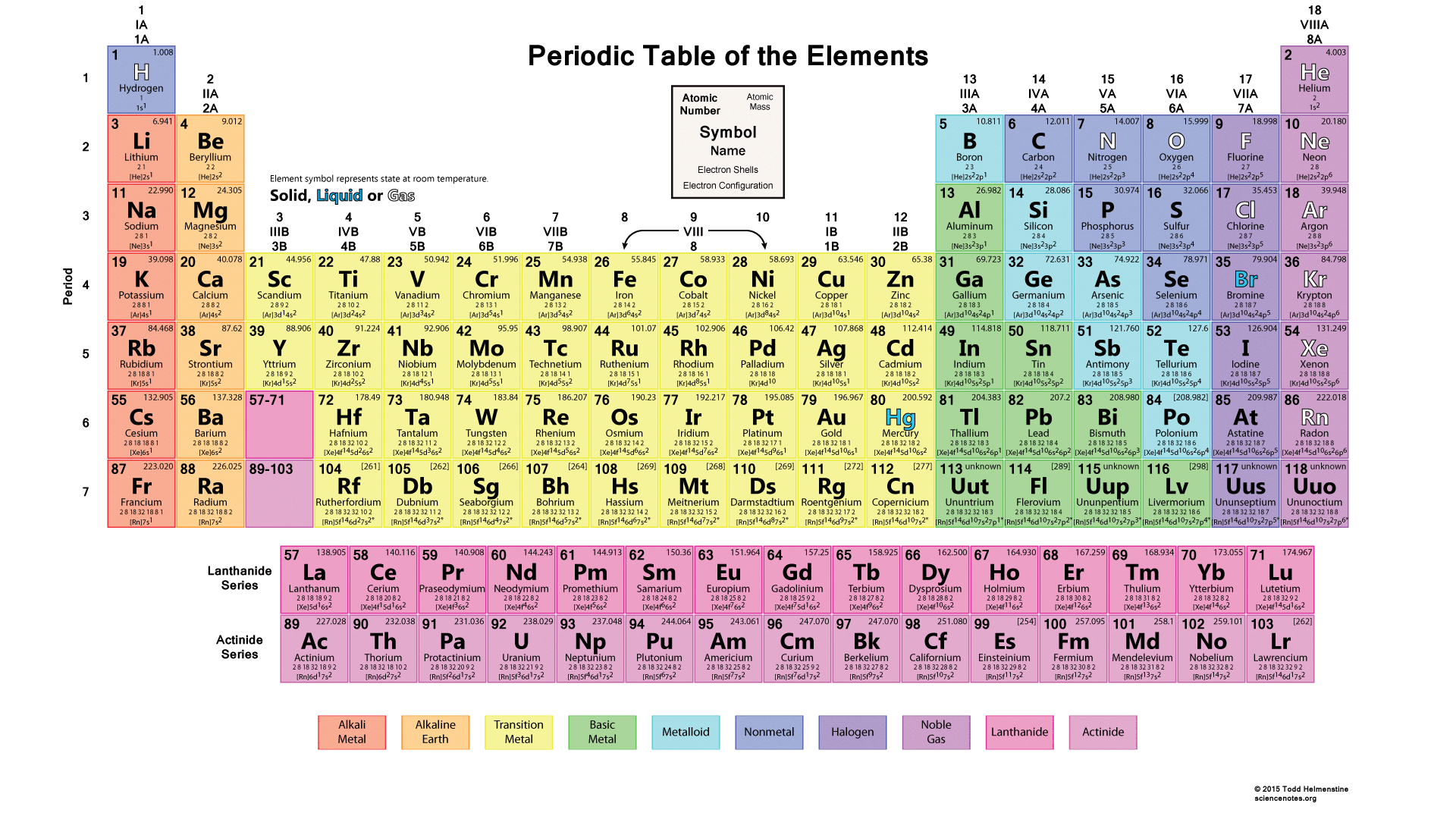
Formation of cations and anions
• Formation of anions and cations depends on the number of electrons in the valency shell and ionization energy. • The elements of the group I(1), II(2) and III(13), form cations while the elements of the groups V(15), VI(16) and VII(17) form anions. • The elements in the group IV(14) generally do not form free M4+ ions. The reason is the high aggregate of first, second, third and fourth ionization energies.
Oxidation states
• In the elemental state oxidation number of any element is considered as zero. • Oxidation state is a measure of the electron control that an atom has in a compound compared to its elemental state. • The highest oxidation number that an element can have in a compound is equal to its number of valency electrons. • In combined state certain elements have variable oxidation states.
Oxidizing ability
• In general oxidizing ability of elements decreases across the period up to group 17. • In general oxidizing ability of elements increases down the group.
Electronegativity
• The ability of an element to attract electrons in a bond of a molecule towards itself varies from one element to the other. When expressed quantitatively, this ability is known as the electronegativity of an element.
• Electronegativity is expressed according to various scales. The following table gives the electronegativity values for different elements according to the Pauling scale in their most common oxidation state.
Although a different value for the electronegativity of each element is stated according to the Pauling scale, the electronegativity of an atom of an element changes according to its environment (Hybridization, Charge, Oxidation number). Example : In the species NH2– , NH3 , NH4+ and the electronegativity of N varies in the order NH2– < NH 3< NH4+
Electron affinity
• It is the change in energy that takes place when a mole of uni- negative ions are formed in the gaseous state when electrons are given to a mole of atoms in the gaseous state. • The first electron affinity of many elements takes a negative value. It is because the added electron gets attracted by the nucleus. The second electron affinity always takes a positive value. It is because an electron is added to an already negative ion.
•Across a period from left to right the nuclear charge increases and atomic radius decreases. Hence, the ionization energy increases. Therefore, the tendency to form cations decreases and also the ability to act as reducing agents decreases across a period. •Similarly the ability to form anions increases and also the ability to act as oxidizing agent increases from left to right across a period.
Atomic radius
• In general, the atomic radius is referred as the distance between the nucleus and the outermost energy level occupied by electrons. • However, the position of an electron is uncertain and consequently it is difficult to express the radius of an atom. • Therefore, atomic radius is expressed in different ways.
• Attraction towards outermost electrons from the nucleus is hindered to a certain extent by the electrons existing in inner energy levels. This effect is referred as ‘shielding effect’. • Protons in the nucleus attract the electron cloud. The resultant effect of this attraction and shielding effect is referred as ‘effective nuclear charge’. • Shielding effect affects the atomic radius and ionization energy.
Covalent radius
When two atoms of the same element are covalently bonded, half the internuclear distance of these two atoms is called its covalent radius. Covalent radius = d/2 • The covalent atomic radius increases down a group and decreases from left to right along a period up to group 18.
Van der Waals radius
When two molecules or atoms are placed as close together as possible, half the distance between the two nuclei which are close to each other is called the Van der waals radius. Van der Waals radius = d/2
Metallic radius
Half the distance between two adjacent cation nuclei in the metallic lattice is the metallic radius. metallic radius = d/2 • Ionization energy is determined by nuclear charge, radius and shielding effect.
Ionic radius
• A value assigned to the radius of an ion in a crystalline solid, based on the assumption that the ions are spherical with a definite size. X-ray diffraction can be used to measure the inter-nuclear distance in crystalline solids. Ionic radius can be calculated according to the inter-nuclear distance. • In general, negative ions have larger ionic radii than their neutral atoms and positive ions have smaller ionic radii than their neutral atoms.
